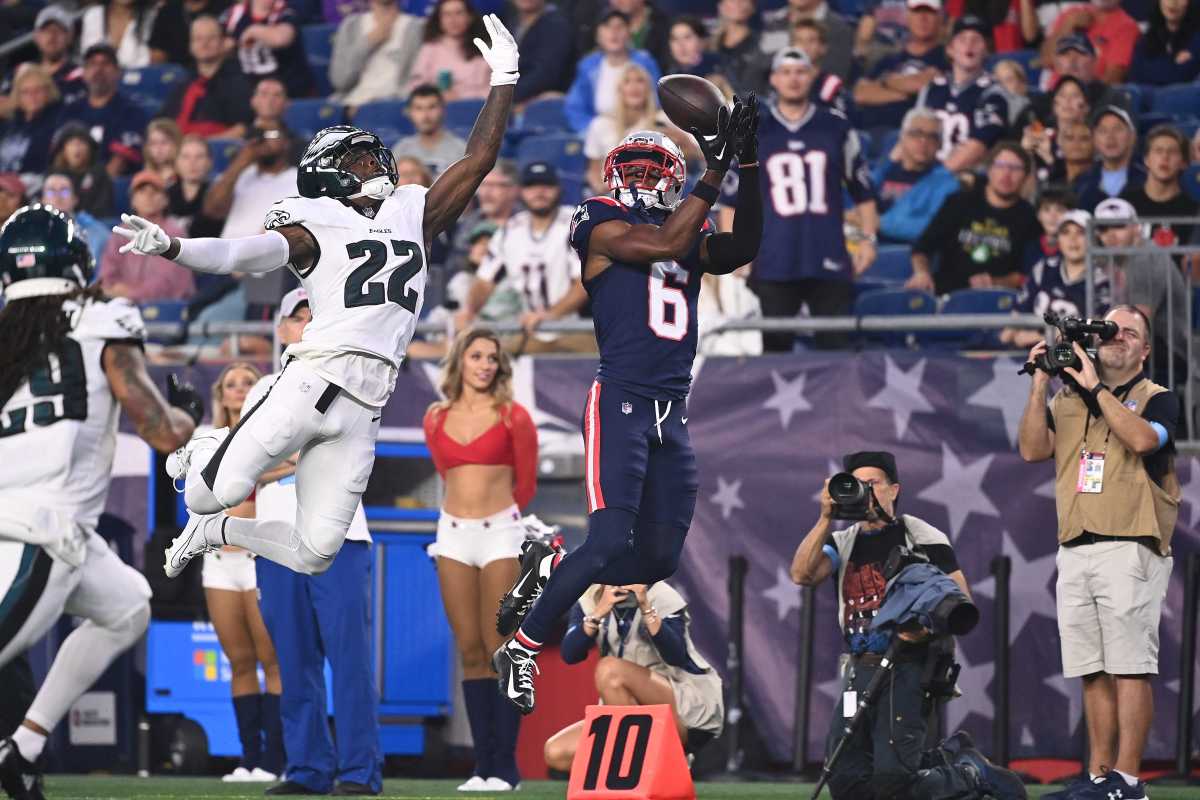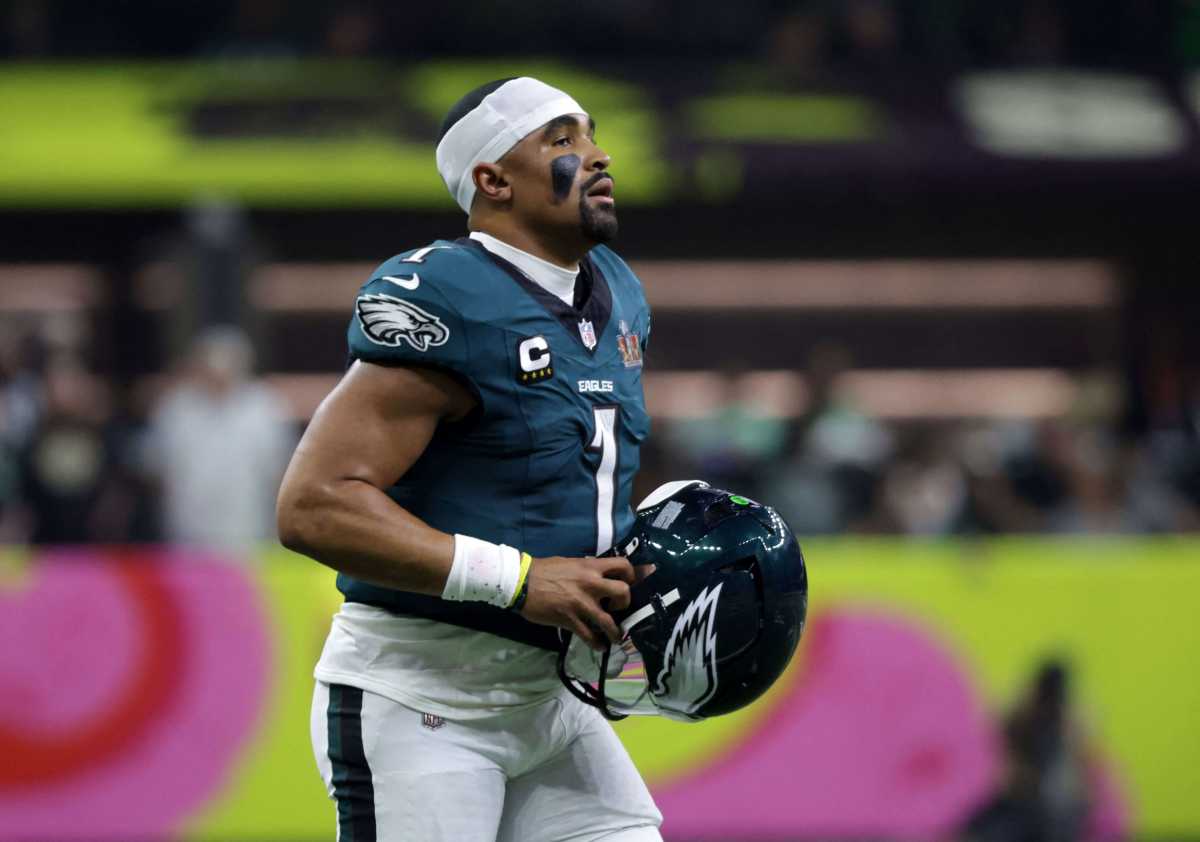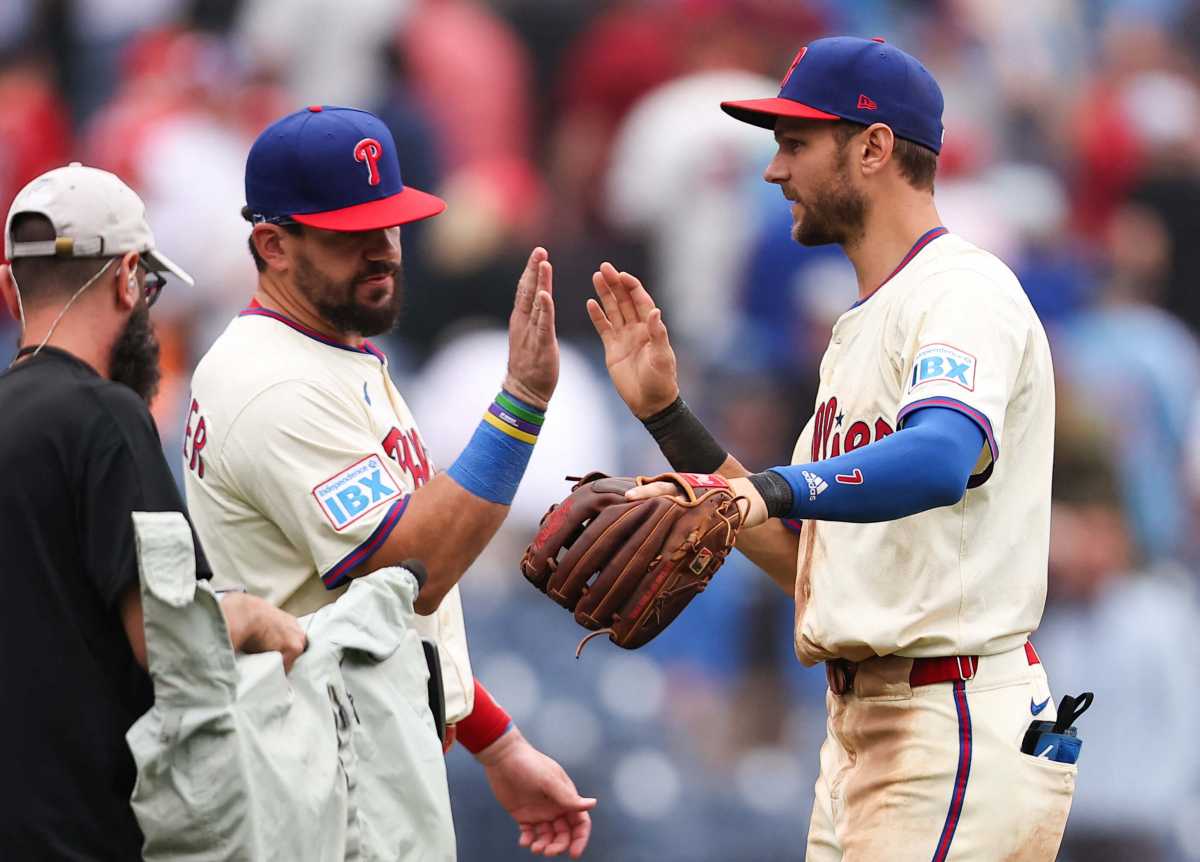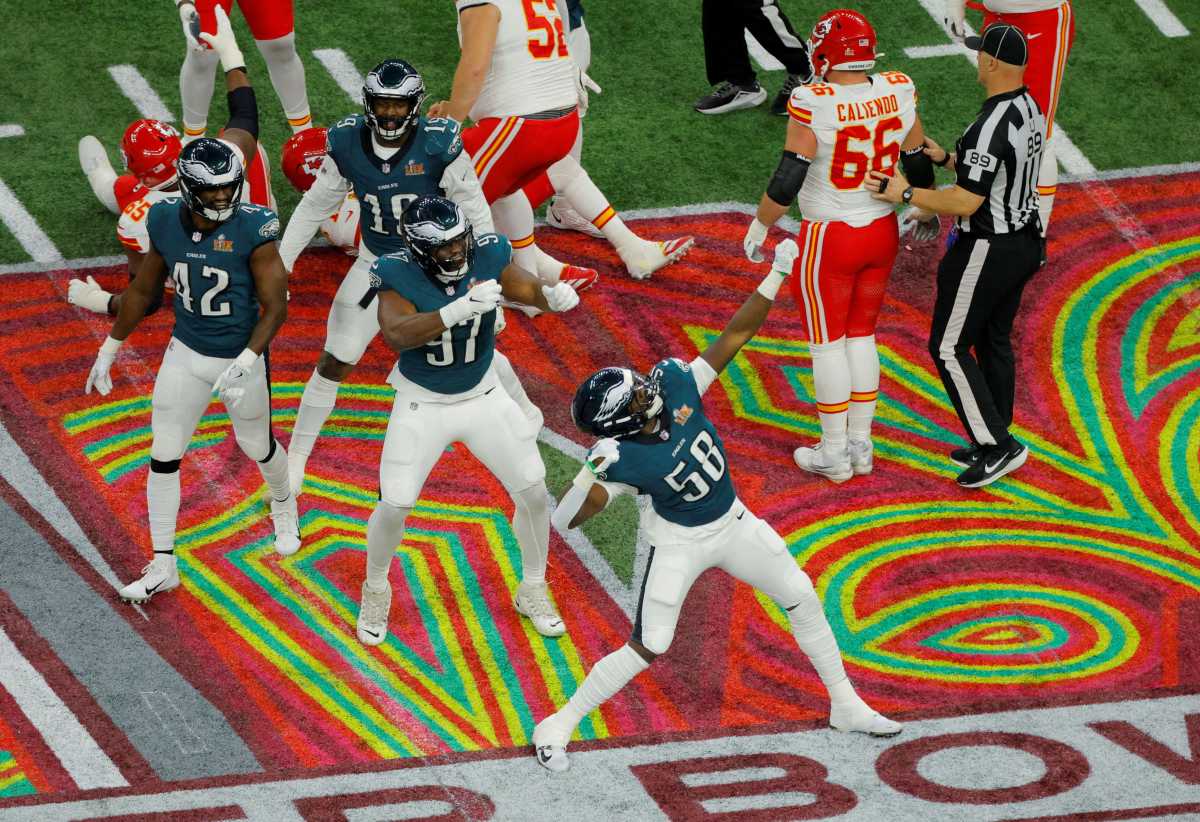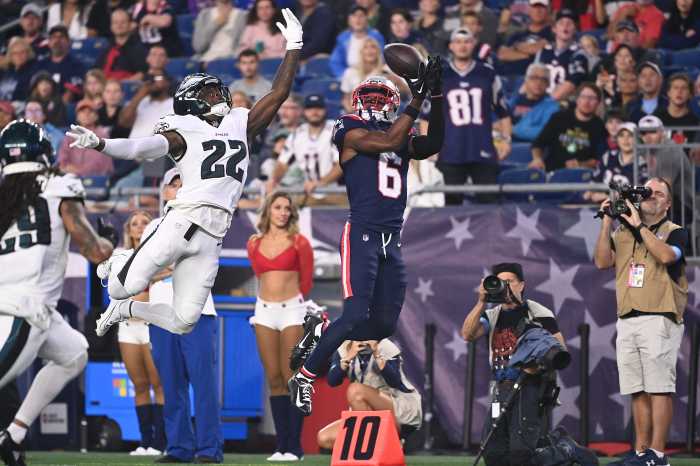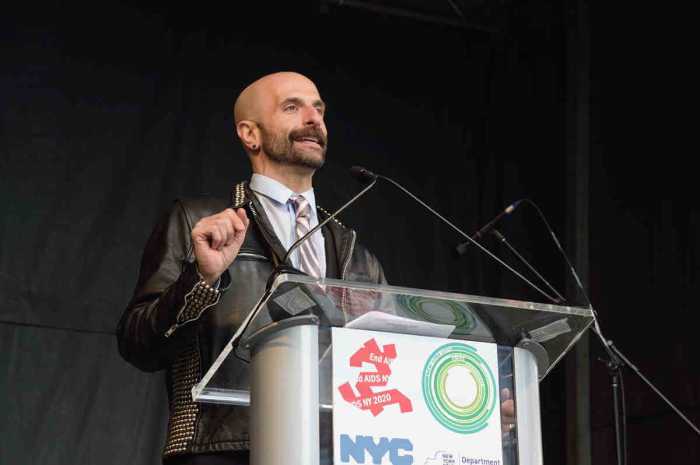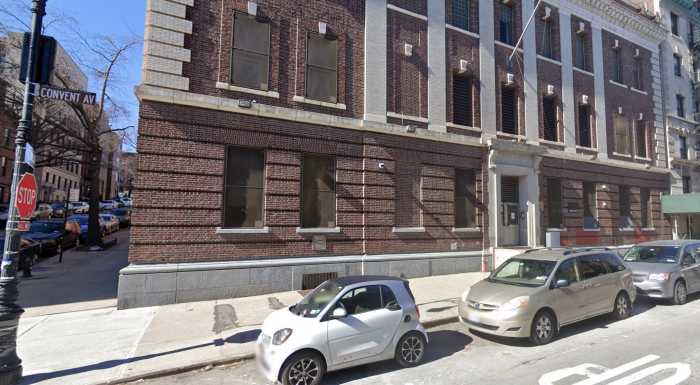Weekends in the Philadelphia neighborhood where Gilberto Gonzalez grew up meant waking in the morning and going to sleep at night to music. In a nearby park, the men in the 20G gang would beat drums and sing songs from their Puerto Rican homeland. It was almost as if the gang wanted to let residents know that they were on guard duty. “When people got home from work, the 20Gs would be on the corners, making sure they got home safe. As a kid, I’d go to school and some of them would walk with us so the white and black gangs couldn’t attack us. When the bars closed, the 20Gs were outside to make sure the drunk people weren’t mugged,” said Gonzalez, 50, a senior graphic designer at the Community College of Philadelphia. “Yes, they had to fight, but they were fighting to protect the members of their community.” Related tag:Kensington students design new green schoolyard
Gonzalez will tell this little known story in “Cuentos: The 20Gs,” a documentary scheduled for release in February 2016.
The Philadelphia of Gonzalez’youth was deeply divided. Those of Puerto Rican descent were targeted by criminal gangs of other races, he said. The police, too, had an abusive relationship with the community, particularly in the 1970s and 80s, he said. He questioned some arrests based on confessions written in English by Puerto Ricans who didn’t speak the language and brutal beatings in and out of custody. “Cuentos: The 20GS”Gonzalez’second film focusing on the history of Puerto Ricans in the city. The first took about three years to make, cost about $6,000, and was released in 2012. It focused on the gentrification that forced the community to leave the Spring Garden neighborhood, “the original Puerto Rican barrio of Philadelphia,” Gonzalez said. Related tag:In ‘Laberintos dePasion,’ a kiss led to murder The filmmaker has been working on this second project for about three years as well, stopping production last year because he ran out of funding. He’s only recently begun filming again, helped by $3,000 given to him by the still-living members of the 20Gs and a $1,000 grant from a city councilwoman. He expects the total cost for this film to be around $12,500. Puerto Ricans began clustering in the area just north of downtown more than 100 years ago. The 20Gs formed in the 1920s. The gang’s name comes from a street corner in the neighborhood, 20th and Green Streets. Still, it is pronounced “two-oh-gees,” not “twenty-gees.” At its peak in the 1970s, the group had about 200 members. It was intergenerational, meaning sons followed their fathers into the gang. In this pre-gun heavy world, new members were taught how to fight and take a beating. “They would be trained in knowing how to protect themselves,” Gonzalez said. “They also made sure you had heart. That’s means you’re going to fight and protect people, not run away. That’s what the 20Gs were most famous for: They would not run. They would stand their ground every time.” Still, he said, the word “gang” is misleading when applied to the 20Gs.
“When you talk about gangs, you’re usually talking about drugs and territory,” he said. “They were more of a club. They weren’t on the corner dealing drugs.”
Gonzalez, who grew up in the neighborhood, said he looked up to the gang members. One of them was his babysitter.
“I used to follow him around the neighborhood. He was like my big brother,” Gonzalez said.
About 30 members of the 20Gs are still alive. Most of them no longer live in the Spring Garden neighborhood. But they still work together to help their community, only now they use non-violent ways. “We’re still active, but we’re active in positive ways, like raising money to help kids go to college,” said 20G Orlando “Sunshine” Cruz, 56, who followed his older brother into the gang. “We’re trying to bring something back and keep them off the streets.” And the gang will continue, Cruz said, because “as long as I’m still alive, it’s alive.”





















